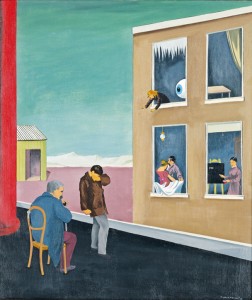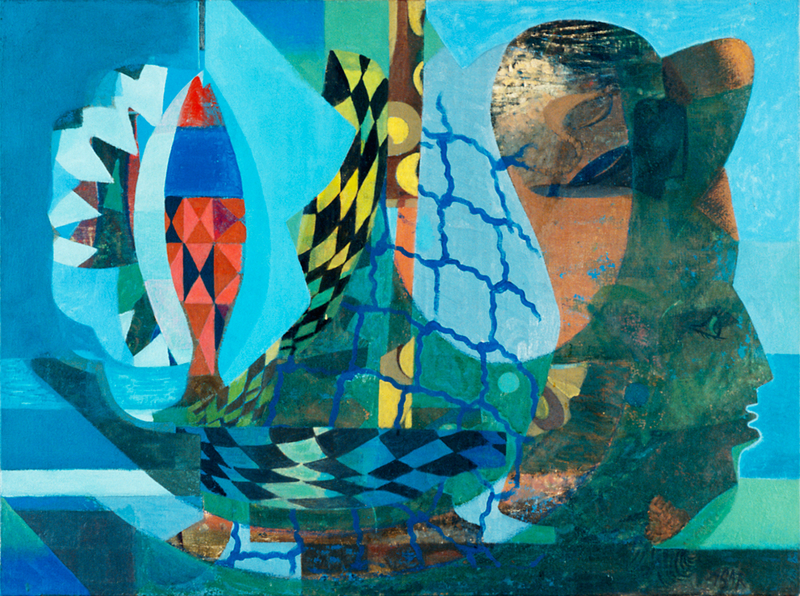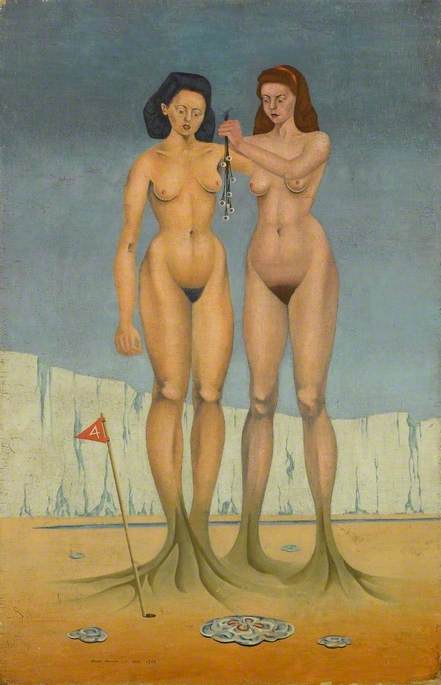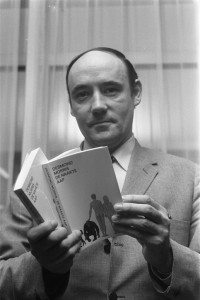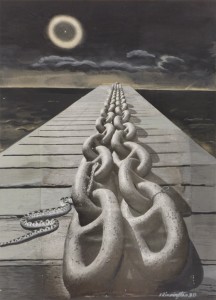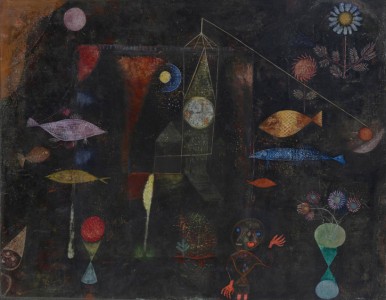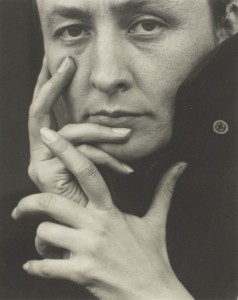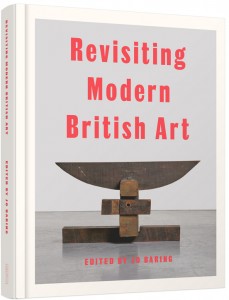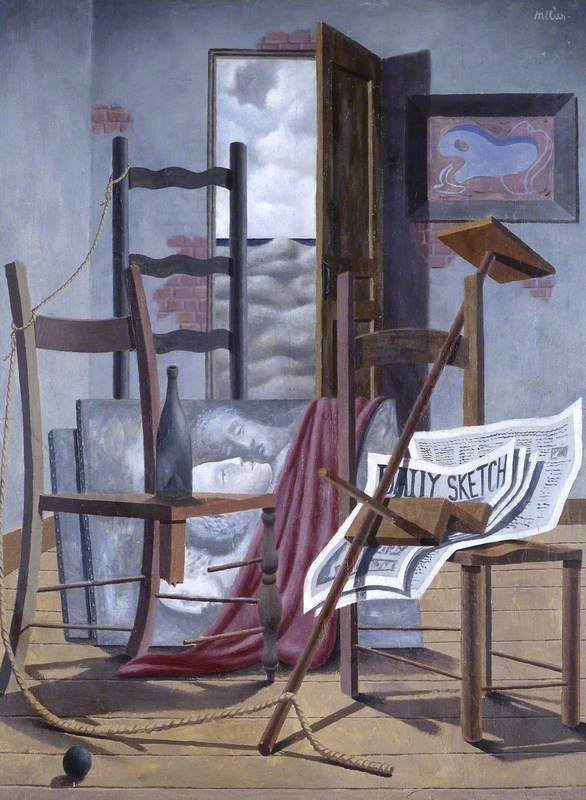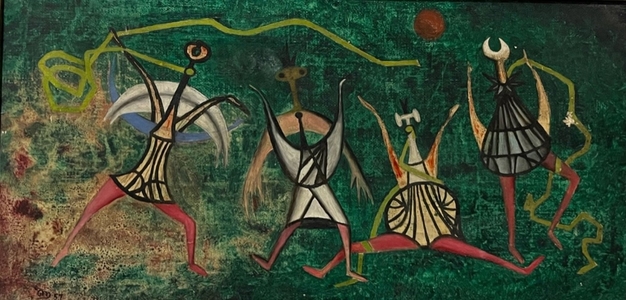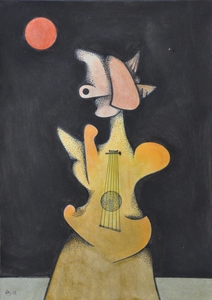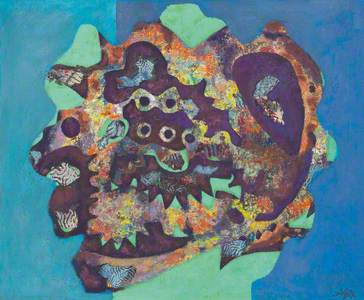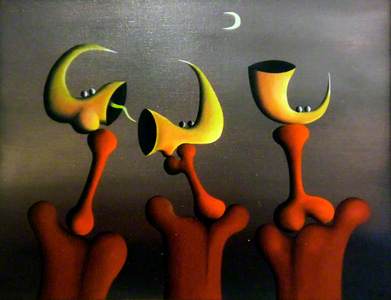Surrealist art is one of The Reiff Collection's most prominent components. Featuring the likes of E. L. T Mesens, Eileen Agar and Conroy Maddox, the collection offers an important and varied range of surrealist artwork by artists from across Europe.
But what is Surrealism, and which artists paved the way for the movement's ever-growing popularity?
A short history of Surrealism
Surrealism emerged in the 1910s and early 1920s. Initially, it was a literary movement, coined by poet and critic André Breton in his 1924 Manifesto of Surrealism. Breton defined Surrealism as 'pure psychic automatism' – a product of 'automatic writing' or 'automatism'. These terms refer to a writer suppressing their conscious mind, instead allowing the unconscious mind to predominate: the work produced will have a sense of urgency or immediacy.
Breton was particularly influenced by Sigmund Freud's theories and dream studies. The dream studies especially served as inspiration for their fixation with the subconscious, and its potential to produce meaningful, intricate work.
Surrealism also derived from Dada, a movement of art which emerged following the First World War in Europe. Dadaism sought to destroy traditional art values and create new art to replace the old – it was often satirical in nature, much like many of the Surrealist works that followed.
In spite of this, the Surrealist poets were initially sceptical of incorporating visual art into their movement because they considered the painstaking process of painting, drawing and sculpting to be incompatible with the uninhibited and spontaneous expression necessary to produce Surrealist work. Breton was, however, brought around by artists such as Giorgio de Chirico, Pablo Picasso, Francis Picabia and Marcel Duchamp – he reproduced their works in his keystone journal La Révolution Surréaliste, and later organised exhibitions that featured visual art.
Following this shift towards visual art came a formalisation of Surrealist art techniques in the works of Max Ernst, André Masson, Joan Miró and Man Ray. Their free association drawing, curving, continuous lines, symbolic figures, collaging and unbridled colour palates conveyed that same uninhibited mind that Breton considered essential to automatism and so Surrealism. Today, you might associate Surrealism with René Magritte, Salvador Dalí, Paul Delvaux and Yves Tanguy. Each of these artists painted erotic images in dreamlike, illusionistic surroundings. These twentieth-century artists have become what we now consider the vanguard of the movement, and many artists have followed in their steps.
The Reiff Collection's surrealist works
The Reiff Collection contains many works by Surrealist artists – some of whom are well known, some are less commonly discussed but remain equally influential. For this, they are all the more important – their credit is long overdue.
E. L. T. Mesens
E. L. T. Mesens was a Belgian surrealist, collagist, poet, composer, exhibition organiser and collector, who started his artistic career as a gifted composer and an author of Dadaist poems. His activity as one of the leaders of surrealist movements in Europe was precipitated by his owning a gallery, where he organised the first surrealist exhibition in Belgium in 1934. He also went to co-organise the London International Surrealist Exhibition in 1936 which led to his settling in London. There he became a director of the London Gallery and a chief editor of the London Bulletin Surrealist periodical.
After the war, Mesens went through an intense period of activity, leading up to his major 1963 exhibition of collages at Knokke-het Zoute. Mesens' collages use diverse materials (typographical signs, cutout illustrations), to create varied images with a distinctly personal style. Nuit (II) 5/1958 exemplifies this.
Eileen Agar
Eileen Agar was a British painter and photographer notably associated with the Surrealist movement. She was born in Buenos Aires to a Scottish father and American mother, and moved with her family to London in 1911. She studied at the Byam Shaw and the Slade art schools, and by the 1930s, she had become a leading member of British Surrealism. Agar met Surrealists André Breton and Paul Eluard in Paris, and there began her experimentation with automatic techniques and new materials, making collages, paintings, objects and photographs.
In 1935, she met fellow Surrealist and war painter Paul Nash, embarking on an intense and passionate affair. Agar and Nash collaborated on several works and in 1936 Nash recommended her work to the organisers of the 1936 International Surrealist Exhibition in London. By 1940, Agar's works had appeared in Surrealist exhibitions in Amsterdam, New York, Paris and Tokyo. After the Second World War, Agar entered a new phase of productivity, holding 16 solo exhibitions between 1946 and 1985. She was elected as a Royal Academy Associate in 1990.
Caliban is an apt example of Agar's adventurous and energetic nature – moving freely between paint and collage, her love of natural and organic items is clearly present. The painting's composition features coral-like forms, and yet its title points us towards Shakespeare's The Tempest. Shakespeare's Caliban character is ostracised as the 'other' and as a villain, but is, broadly speaking, misunderstood – he seeks a sense of belonging from those interested in extorting him. One might say that Agar was also an outcast, ostracised by her family and painting in a style lambasted by the establishment: perhaps she had a fellow feeling for Caliban.
Desmond Morris
Desmond Morris is known for his work as a zoologist and ethnologist, as well as being a famous author on human sociology. He first came to public attention as a presenter of the television programme Zoo Time. His studies focus on animal and human behaviour, explained from a zoological point of view. With this unique perspective, Morris contributed significantly to the British Surrealist movement.
Three Figures in the Night
2015
Desmond Morris 
His talents as an artist were recognised early on and were encouraged and nourished by E. L .T. Mesens, who had included Morris in a 1950 Surrealist exhibition at his London Gallery, where Morris was exhibited alongside Joan Miró. An influential art critic of the time, Mervyn Levy, gave much support to Morris during the 1940s when national service brought them together. Whilst Levy and Mesens were instrumental in launching Desmond Morris into the world of Surrealism, the inspiration provided by Conroy Maddox propelled him along his chosen artistic trajectory.
In 1950, Morris wrote and directed two Surrealist films Time Flower and The Butterfly and the Pin. In 1954, he earned a Doctor of Philosophy for his work from Oxford University. Desmond Morris has exhibited worldwide, and his most recent retrospective exhibition, 'Desmond Morris – Works on Paper 1948–2018', which celebrated his 90th birthday, was held at the Redfern Gallery, London in 2018.
Conroy Maddox
Conroy Maddox was an English Surrealist painter, collagist, writer and lecturer, as well as a key figure in the Birmingham Surrealist movement. Born in Herefordshire in 1935, he spent his life exploring the potential of Surrealism through paintings, collages, photographs, objects and texts.
Inspired by Max Ernst and Salvador Dalí, he rejected academic painting in favour of techniques that expressed the surrealistic spirit of rebellion. In 1937 journeyed to France where he met many French surrealists. Upon his return to England, he joined the British Surrealist group and exhibited in the 1939 'Living Art in England' Surrealist exhibition at the London Gallery. He strongly supported the leaders of the English movement, E. L. T. Mesens and Roland Penrose.
His creations soon begun not only to challenge the conventional view of reality but also to push pictorial expression to the limits of consciousness. He was even implicated in both scandal and controversy when, during the First World War, Scotland Yard suspected him of fifth column sabotage and mounted a surprise raid to seize works thought to contain coded messages to the enemy.
A major contribution of Maddox to Surrealism is his relentless experiments in depicting a world of dreams. Maddox's 70-year commitment earned tribute from his colleague, Desmond Morris, who had said that he was 'the most undiluted, unwavering Surrealist' in Britain.
These are merely a selection of the many artists and artworks within The Reiff Collection. To view more, see the full collection on Art UK.
Ellie Lachs, researcher, art collection manager and cataloguer, The Reiff Collection
